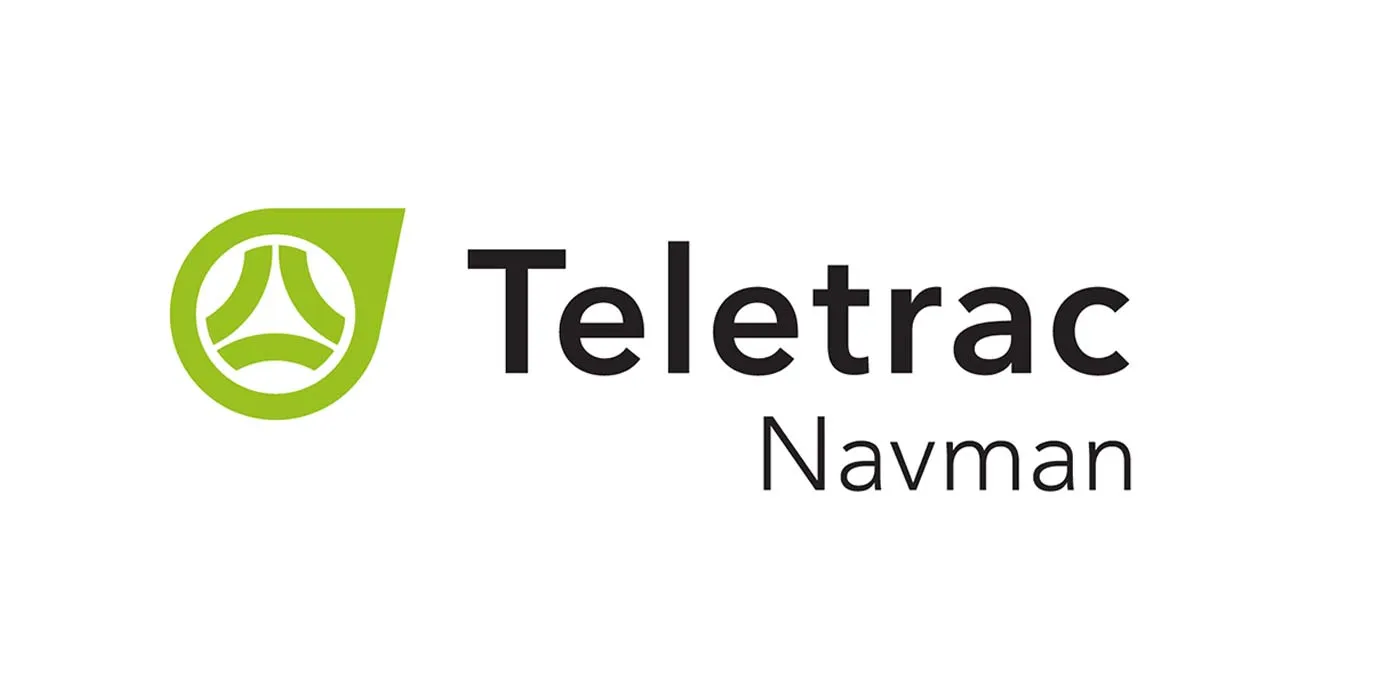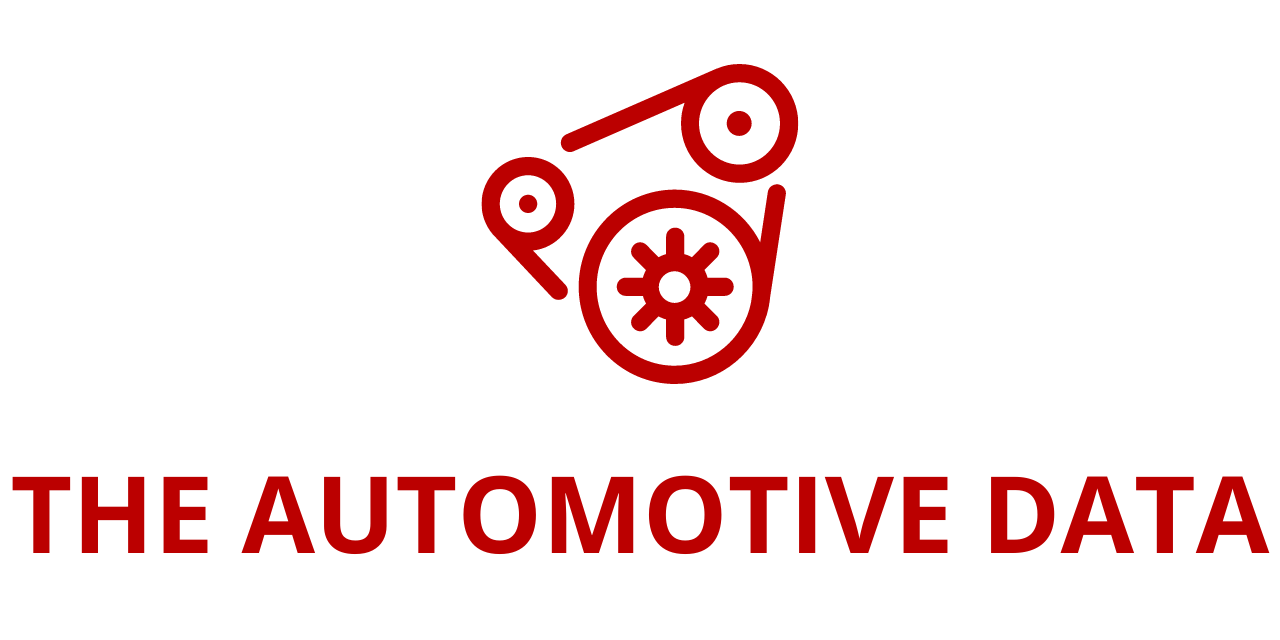
Teletrac Navman, the connected‑mobility arm of Vontier, has unveiled OEM Telematics, a capability that lets fleet operators plug factory‑installed vehicle telematics straight into the company’s flagship TN360 platform. In practical terms, that means a logistics manager can now type a vehicle identification number into TN360 and—within moments—start harvesting the same data that would normally require an aftermarket black‑box installation.
Factory Hardware Meets Cloud Intelligence
For many years, getting rich telematics data out of a mixed fleet meant scheduling trucks and vans for aftermarket hardware fit‑outs. Those installations take vehicles off the road, introduce scheduling headaches, and add cost and complexity—especially if the fleet is geographically dispersed or time‑critical. Teletrac Navman’s new OEM Telematics sidesteps that entire workflow.
Modern commercial vehicles already leave the factory with embedded telematics modules—antennas, GPS receivers, and data modems that stream diagnostics to the manufacturer’s cloud. Teletrac Navman’s engineering team has created secure, cloud‑to‑cloud bridges to dozens of leading OEM systems. Once that handshake is complete, the embedded module acts as the data source and TN360 becomes the data brain, applying its analytics, AI‑powered alerts, and user‑defined dashboards to information that used to be locked behind proprietary walls.
A One‑Step Activation
Activation is as simple as entering a vehicle’s VIN into TN360. In the background, TN360 verifies the VIN, confirms that the manufacturer’s telematics service is live, and then begins pulling a standardized set of data points—vehicle identity, real‑time location, historical trip traces, speed and idle patterns, fuel level, and, for electric models, battery state‑of‑charge and charging events. The result is a consolidated glass‑cockpit view of the fleet, whether the data originates from a factory‑installed device, a Teletrac Navman aftermarket device, or a mixture of both.
Andrew Rossington, Teletrac Navman’s Chief Product Officer, describes the release as “another example of simplifying complex operational challenges for fleets, empowering them with smarter data, faster.” His emphasis on speed is deliberate; rental companies and last‑mile delivery operators run on tight asset‑turnover cycles. A vehicle taken offline for two hours in peak season can ripple through delivery schedules and customer commitments. Eliminating installation downtime keeps vehicles earning revenue.
Designed for High‑Velocity Operations
Although any fleet can benefit, OEM Telematics has been optimized for operations where vehicles rotate in and out quickly—daily rental fleets, spot‑hire construction equipment, seasonal parcel surges, and subcontracted regional haulage groups. In these environments, telematics insights are crucial: pinpointing underutilized assets, flagging harsh‑driving events, catching small maintenance issues before they cascade into expensive repairs, and validating billing on rent‑by‑the‑hour contracts.
With OEM Telematics, a newly acquired delivery van can be booked, pre‑inspected, and telematics‑enabled on the same morning it arrives from the dealer. That speed of onboarding lets fleet managers maintain data continuity even as assets churn in and out of service.
A Broader Shift Toward Connected Mobility
Rossington points out that built‑in telematics is no longer the exception but the rule. “The rapid growth of built‑in telematics reflects a broader shift toward connected mobility, where data‑driven insights, real‑time diagnostics, and seamless integration are transforming vehicles into smart, responsive platforms on wheels,” he says. But hardware alone cannot translate raw data into strategic advantage. The heavy lifting happens in software platforms—secure, scalable, and feature‑rich environments that turn gigabytes of sensor output into actionable intelligence.
TN360 sits at the heart of that software stack. Over the past few years, Teletrac Navman has infused the platform with AI‑enabled safety coaching, automated compliance workflows, live dash‑cam video analysis, predictive maintenance scheduling, and carbon‑footprint reporting. Now, by tapping factory hardware, the company extends those capabilities to fleets that previously faced logistical or financial barriers to aftermarket installations.
Unified Data, Unified Decisions
Running mixed data sources inside a single dashboard may sound cosmetic, but it unlocks real operational leverage. Dispatchers no longer have to tab through different portals to locate a vehicle with factory telematics, then switch systems for another truck equipped with an aftermarket device. Compliance officers pull a consolidated Hours‑of‑Service or Bharat Stage VI emissions report in seconds. Maintenance planners spot patterns across the entire fleet, instead of discovering too late that a problem confined to a specific OEM has been masked by siloed reporting.
For electric fleets, OEM Telematics brings an additional advantage: precise battery state‑of‑charge data straight from the vehicle’s own battery‑management system, not an external estimator. That granularity helps route planners avoid range anxiety, optimize dwell times at charging depots, and compare energy efficiency across drivers and duty cycles.
Security and Data Governance
Any time a platform starts bridging clouds—OEM, fleet operator, and TN360—security teams raise an eyebrow, and rightly so. Teletrac Navman notes that OEM Telematics leverages encrypted HTTPS tunnels, adheres to ISO 27001 information‑security standards, and maintains region‑specific data sovereignty when required. Customers can granularly configure who inside the organization sees what: a payroll clerk might access mileage for reimbursement, while a safety manager reviews speed violations, and a sustainability officer analyzes CO₂ reduction metrics.
No Compromise on Advanced Features
Perhaps most impressive is that OEM‑connected vehicles gain access to TN360’s full analytics stack, not a watered‑down subset. That includes:
- Real‑Time Visibility & Geo‑fencing – Live maps with color‑coded status and automated alerts when a vehicle enters or leaves designated zones.
- Driver Behavior Scoring – Harsh braking, sharp acceleration, speeding, and cornering events tracked and scored for coaching or incentive programs.
- Predictive Maintenance – Aggregated fault‑code detection paired with machine‑learning models that predict component failure probability.
- Safety & Compliance Modules – Digital tachograph downloads, electronic driver vehicle inspection reports (eDVIR), and policy enforcement.
- Sustainability Dashboards – Reporting on fuel burn, idle time, and EV energy consumption, with conversion to carbon‑emissions equivalents.
Bridging the Aftermarket Divide
While the new product focuses on factory telematics, Teletrac Navman has not abandoned its legacy hardware business. In fact, TN360 can now manage side‑by‑side connections: vehicles with OEM devices and vehicles with aftermarket TN360 hardware appear on the same map, under the same hierarchical groups, with the same alert rules. That flexibility matters because even the most modern fleet contains legacy assets—older trucks with no embedded modem, trailers that never came wired, or specialty equipment that requires bespoke sensor packages.
Saving Time, Saving Money
Quantifying the savings from skipping a hardware install is straightforward—no separate purchase order, no technician billable hours, no scheduling downtime. The hidden benefits are equally important. Eliminating the physical SIM and modem removes a potential failure point, reducing lifetime maintenance events. Warranty considerations become simpler: because the OEM device is factory‑approved, there is no debate about electrical modifications affecting coverage.
Teletrac Navman’s early adopters report that onboarding time per vehicle has collapsed from days to minutes. One rental‑car executive summed it up bluntly: “If the van rolls off the transporter at 8 a.m., it’s on the lot, live in TN360, and ready for its first customer before lunch.”
Global Implications
Teletrac Navman supports customers on six continents, and the appeal of OEM Telematics spans jurisdictions. In Europe, stringent CO₂ and tachograph regulations drive the need for fast, verifiable data capture. In North America and Australia, vast geographies reward any solution that reduces fleet deadhead miles. In emerging markets, where aftermarket technician networks can be sparse, factory connectivity provides a reliable on‑ramp to modern fleet management.
Teletrac Navman’s goal is to empower the industries that transform and sustain our futures with simple and intelligent solutions that enhance the efficiency, safety, and sustainability of their operation. As a connected mobility platform for industries that manage vehicle and equipment assets, Teletrac Navman simplifies the complex so that its customers can transform the way they work through cloud-based solutions that leverage AI to unlock the power of operational insight. Teletrac Navman manages more than 700,000 vehicles and assets around the world.






